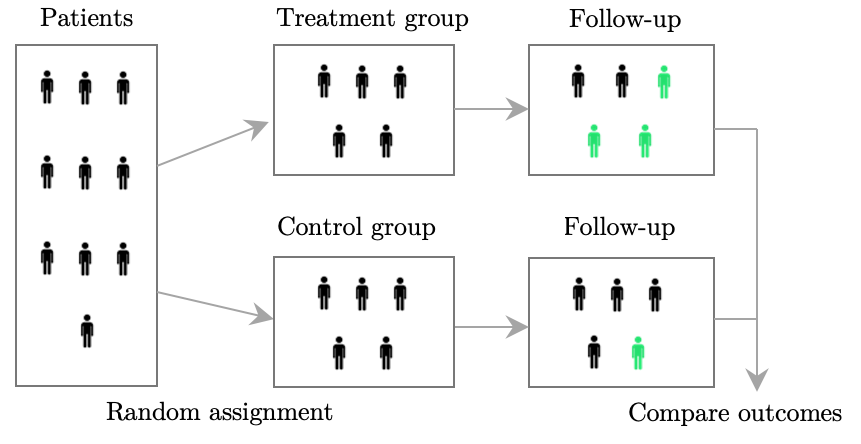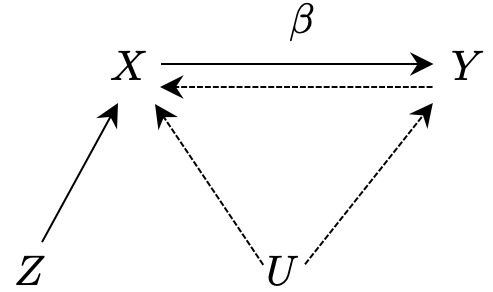Project Introduction
Official microdata related Project
EBPM Research Project Using Official Statistics

Project Summary and Anticipated Outcomes and Goals
Although Japan is taking a large number of high-quality official statistics, its statistics system is not very convenient compared to those in Europe and the United States, resulting in few EBPM studies that uses official microdata. In line with the revisions to the Statistics Act, this study is conducting EBPM research using official microdata at on-site facilities where information security is guaranteed.
Further, this study utilizes official statistics microdata to disseminate causal evidence useful for policy making. This will enable the design of effective and efficient policies and return the official statistics and administrative information that have been collected in a way that it can improve the lives of the general public.
Project Background
When measuring treatment effects and causal effects in the hard science fields, it is standard to use randomized controlled trials (RCT). However, in policy studies, there are often legal, moral, and social conventions that prevent the use of RCT and complicate quantitative policy evaluation. In addition, in the case of survey data held by private companies, there are restrictions on the disclosure of personal information (e.g., date of birth, place of residence) essential for identifying causal effects for various reasons such as privacy protection.

Project Research and Development Content
In policy studies, it is not possible to clearly separate the treatment group and control group, as the estimated parameters (the effect of X on Y, 𝛽) are mixed with the effect of a common confounding factor U when identified using conventional statistical methods; therefore, they produce no more than correlations. A characteristic of this research is that people can shift between the treatment and control groups under the influence of confounding factor U. To perform a quantitative evaluation of the policy, it is necessary to randomly and forcibly divide people into two groups. When performing empirical studies, it is necessary to adjust for the effects of confounding factor U and reverse causality effects with Z variables based on natural experiments, such as policy transitions, natural disasters, and weather events.
However, when performing policy evaluations using natural test methods, such as Regression Discontinuity Design (RDD) and Differences-in-Differences, detailed personal information is essential for distinguishing between the treatment and control groups for policy intervention. Unfortunately, low-quality survey data held by the private sector is not suitable for use with advanced analysis.
Therefore, using high-quality official statistics data, this study infers statistical causality without using RCT, searches for heterogeneous effects among numerous observed values, and visualizes data with GIS analysis. These can all be used for providing useful statistical evidence for EBPM.




